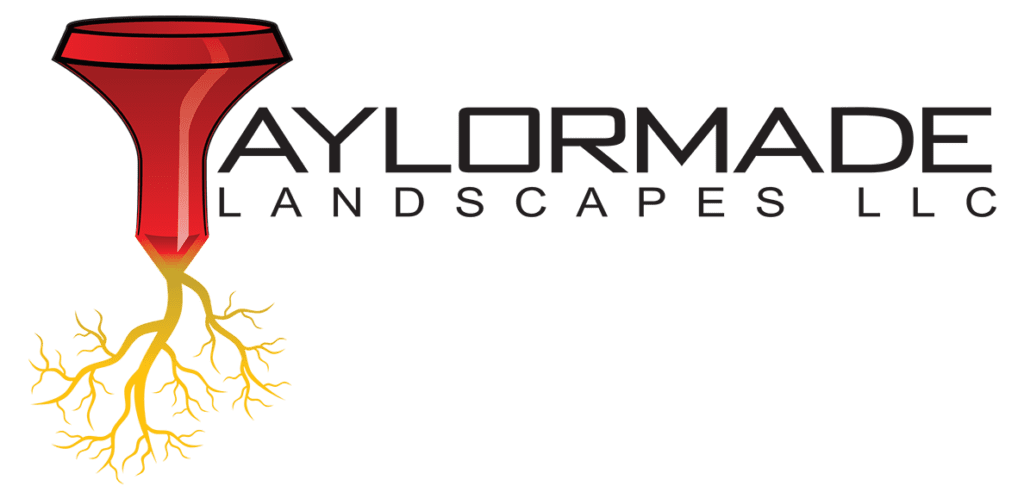As urbanization accelerates and climate change continues to present complex environmental challenges, innovative solutions for sustainable development are increasingly essential. Among these solutions, permeable paving options have emerged as a significant advancement in creating hardscapes that prioritize both functionality and environmental stewardship. In 2025, the advantages of permeable paving are garnering attention as cities look for effective ways to manage stormwater, mitigate urban heat, and enhance the ecological health of urban environments.
At its core, permeable paving allows water to pass through the surface layer, promoting natural drainage and reducing runoff—a critical concern in densely populated areas where concrete and asphalt dominate. The increasing frequency of heavy rainfall events, driven by climate change, necessitates effective stormwater management strategies. By incorporating permeable surfaces into urban planning, cities can significantly reduce the risk of flooding and combined sewer overflow, thus alleviating strain on municipal drainage systems. This not only protects infrastructure but also preserves the quality of local waterways by filtering pollutants before they enter the hydrological system.
Beyond its functional benefits, permeable paving options contribute to aesthetic and ecological improvements in urban settings. The diverse materials available—from permeable concrete and asphalt to eco-friendly options like porous stone or grass pavers—allow for creative and visually appealing designs that can enhance public spaces, walkways, parking lots, and residential areas. Furthermore, permeable surfaces support urban biodiversity by facilitating groundwater recharge and promoting healthier soil, which in turn supports vegetation and wildlife habitats. As cities strive to create greener, more livable environments, permeable paving stands out as a forward-thinking choice that aligns with modern sustainability goals.
In summary, the advantages of permeable paving options in 2025 extend well beyond mere aesthetics or surface functionality; they represent a holistic approach to urban development that prioritizes ecological integrity, climate resilience, and community well-being. As we delve deeper into this topic, we will explore the various types of permeable paving, their specific benefits, and the practical considerations for implementation in contemporary hardscape design.
Environmental Benefits
Permeable paving options, also known as permeable pavements or porous pavements, are becoming increasingly vital in hardscape design, particularly as urban areas grapple with environmental challenges. These innovative surfaces are designed to allow water to infiltrate through them, replenishing groundwater supplies and reducing surface runoff. In 2025, these environmental benefits may become even more pronounced as urbanization continues and climate change affects water management practices.
One of the primary environmental advantages of permeable paving is its contribution to reducing flood risks. By enabling rainwater to percolate through the pavement, these surfaces facilitate the natural absorption of stormwater into the ground. This helps to prevent the overwhelming of local drainage systems and mitigates the risk of erosion and sedimentation in waterways. As it becomes widely recognized that traditional impermeable surfaces contribute significantly to flooding, permeable paving is likely to be viewed as an essential element in sustainable urban development.
Moreover, permeable paving supports improved water quality by filtering pollutants and sediments as water infiltrates. Through the natural biological processes present in the underlying soil and substrate, contaminants can be broken down or absorbed, helping to maintain cleaner water in nearby streams, rivers, and lakes. In a time when water quality is under constant threat from anthropogenic activities, permeable paving options can serve as a practical solution to enhance the ecological health of urban environments.
In essence, the environmental benefits of permeable paving are multifaceted—aiding in flood management, enhancing groundwater recharge, and improving water quality. As society moves toward more sustainable practices and greener urban designs, these paving solutions are likely to become a cornerstone of responsible hardscape design in 2025 and beyond. By prioritizing permeable options, cities can not only meet their current infrastructural needs but also lay the groundwork for a more environmentally resilient future.
Stormwater Management
Stormwater management refers to the techniques and strategies used to manage the quantity and quality of runoff generated from precipitation events. As urban areas continue to grow, the challenge of effectively managing stormwater has become increasingly critical. In 2025, permeable paving options are emerging as a key solution in addressing this issue. These innovative materials allow water to infiltrate through the surface, which significantly reduces the volume of runoff entering drainage systems and local waterways. This capability is essential in urban environments where impermeable surfaces such as asphalt and concrete are prevalent, as they contribute to increased surface runoff, flooding, and pollution.
One of the primary advantages of permeable paving is its role in promoting natural hydrology. By allowing rainwater to seep through the paving material, it recharges groundwater supplies while reducing the risk of urban flooding. This is particularly beneficial in locations where traditional stormwater systems are often overwhelmed during heavy rainfall events. The incorporation of permeable surfaces helps to slow down and filter runoff, which not only manages stormwater but also decreases the burden on municipal drainage systems. As cities face the ongoing challenge of climate change, implementing permeable paving solutions can serve as a proactive approach to adapting urban infrastructure to more severe weather patterns.
Additionally, permeable paving options enhance water quality by filtering pollutants from runoff before it seeps into the groundwater. The pervious nature of these materials captures sediments, oils, and heavy metals, providing a natural barrier that improves the health of local ecosystems. In an era where environmental sustainability is increasingly prioritized, the use of permeable surfaces aligns with broader goals of reducing urban runoff pollution, protecting water resources, and promoting ecological resilience.
In summary, the benefits of permeable paving for stormwater management in 2025 are multifaceted. By integrating these surfaces into urban designs, communities can better manage stormwater, mitigate flooding risks, enhance groundwater recharge, and improve overall water quality. As awareness and commitment to sustainable urban development continue to grow, permeable paving will likely become an essential component of effective stormwater management strategies across diverse landscapes.
Cost-Effectiveness and Maintenance
In 2025, the cost-effectiveness and maintenance of permeable paving options for hardscape have become increasingly important for both residential and commercial property owners. One of the primary advantages of permeable paving materials is their ability to reduce overall project costs compared to traditional impermeable surfaces. While the initial installation of permeable paving can be higher, the long-term savings associated with reduced stormwater management fees and potential property tax benefits can significantly offset those costs. Additionally, permeable systems help to mitigate issues that could lead to costly repairs, such as erosion, flooding, and the structural damage that often accompanies water pooling on conventional hardscapes.
Maintenance of permeable paving is also generally less labor-intensive when compared to traditional pavements. With time and proper care, permeable surfaces can last for decades, and their maintenance involves simpler tasks such as occasional vacuuming and weed control. Given that permeable pavements are designed to absorb water, they naturally promote a healthier ecosystem by preventing the long-term buildup of debris, which can degrade conventional surfaces. Furthermore, many municipalities in 2025 have begun to incentivize the installation of permeable paving by offering tax credits or rebates, making these options even more attractive from a cost perspective for savvy property owners looking to invest in sustainable solutions.
As property developers and consumers increasingly prioritize sustainability in their purchasing decisions, permeable paving emerges as a logical investment. The combination of upfront strategic planning, ongoing maintenance, and the financial incentives available in 2025 create a compelling case for incorporating permeable paving options. By investing in these innovative materials, property owners not only enhance the functionality and longevity of their hardscape but also contribute to broader environmental goals and community resilience.
Aesthetic Design Flexibility
Aesthetic design flexibility refers to the adaptability of permeable paving materials in achieving a diverse range of visual styles and functions in outdoor environments. In 2025, as design landscapes evolve and as the demand for sustainable infrastructure increases, the aesthetics of hardscape solutions such as permeable pavements will play a significant role in urban planning and residential landscaping. These paving options can be customized with different colors, shapes, and patterns, allowing designers to create visually appealing spaces that enhance the overall aesthetic of an area while addressing environmental concerns.
One of the key advantages of permeable paving is the ability to integrate it seamlessly into various architectural styles and landscapes. From residential driveways to commercial parking lots and urban plazas, designers can utilize permeable materials that complement the existing surroundings while promoting sustainability. The variety of textures and color options available allows for creative expression, enabling landscapes to be tailored to themes, community identity, or personal preference without sacrificing functionality.
Furthermore, the adaptability of aesthetics offered by permeable paving extends to its ability to facilitate landscape functionality. Designers can incorporate decorative grasses, flowers, or landscaping elements within permeable systems, effectively blending nature and regeneration into urban spaces. In 2025, as people increasingly prioritize outdoor spaces that contribute to their quality of life, the visual appeal of a paved area—and its maintenance of ecological balance—will be more than just a trend; it will be a necessity for sustainable communities.
Moreover, embracing permeable paving options can significantly influence property values. Homeowners and developers alike recognize that properties utilizing sustainable and aesthetically pleasing hardscape designs are often more attractive to buyers. By enhancing curb appeal with visually striking and environmentally responsible paving solutions, investors can expect to see not only an increase in foot traffic but also an uptick in property appreciation. Thus, as urban landscapes move toward increased sustainability and aesthetic diversity, permeable paving emerges as a key player in shaping the future of outdoor design.
Urban Heat Island Mitigation
Urban heat island (UHI) mitigation refers to the strategies employed to reduce the higher temperatures found in urban areas compared to their rural surroundings. This phenomenon occurs largely due to urban surfaces—such as concrete, asphalt, and buildings—absorbing and retaining heat. As cities expand and more green spaces are replaced by hardscape, the effects of UHI become more pronounced. Permeable paving options significantly contribute to mitigating these urban heat islands, offering an effective means to create cooler urban environments.
One of the primary advantages of permeable paving is its ability to reduce surface temperature. Unlike traditional impermeable surfaces that heat up quickly during the day, permeable options allow water to infiltrate through them, facilitating natural cooling processes. The evaporation of moisture from the soil and vegetation helps lower ambient temperatures, which can be particularly beneficial during sweltering summer months. As a result, permeable paving not only helps to combat the heat but also enhances outdoor comfort for pedestrians and residents alike. In 2025, with climate change and increasing urbanization pressures, such cooling strategies are more important than ever.
Additionally, permeable paving promotes a healthier urban ecosystem. By allowing rainwater to penetrate into the ground, these systems help recharge groundwater supplies and reduce runoff. This means less water is channeled directly into stormwater systems, thereby decreasing the risk of flooding and the associated heat buildup from standing water. Healthy, moderated temperatures can also support urban biodiversity, as species more adapted to temperate conditions can thrive. As cities seek to become more sustainable and resilient, integrating permeable paving can help to restore some of the natural processes lost to urban development.
Moreover, the implementation of permeable paving as a heat mitigation strategy aligns well with broader urban planning goals of sustainability and livability. Cities are increasingly recognizing the essential role that green infrastructure plays in mitigating climate change, reducing energy demands, and improving public health outcomes. In environments battling extreme heat, cities equipped with adequate permeable surfaces will likely see decreased energy usage due to lower air conditioning needs, ultimately resulting in reduced greenhouse gas emissions. This dual benefit of comfort and sustainability positions permeable paving as an advantageous solution for modern urban planning.
In summary, the role of permeable paving in urban heat island mitigation is multifaceted, addressing both immediate temperature and aesthetic concerns while contributing to long-term environmental health and sustainability goals. As we look ahead to 2025 and beyond, the necessity of incorporating such adaptable and effective solutions will only increase, making it imperative for urban planners and policymakers to prioritize permeable surfaces in their development strategies.



